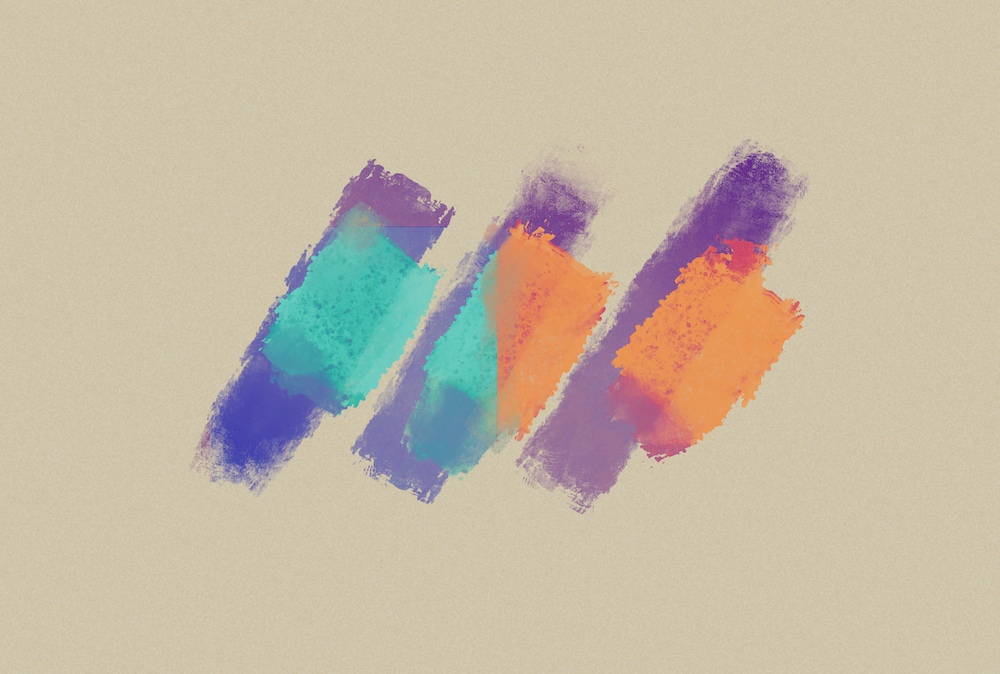This activity was developed by Jane Pirone and Barbara Adams for a series of speculative storytelling workshops titled “Collective Effervescence”. All artwork by Jane Pirone.
Barbara Adams is a sociologist whose interdisciplinary research looks at how knowledge is produced and political action is initiated through art and design projects. Barbara co-edited the book Design as Future-Making and is co-editor in chief of the journal Design and Culture. She is Assistant Professor of Design and Social Justice at Parsons School of Design and was previously a postdoctoral fellow at Wesleyan University.
Jane Pirone is an Associate Professor of Design Ecologies at Parsons School of Design where they served as Dean of the School of Design Strategies from 2015-2019 and as Director of the Communication Design program from 2006-2011. Jane’s creative and transdisciplinary practice engages with living systems, storytelling, participatory futures, and new technologies from critical, queer and post-human perspectives.
How do you design for solidarity?
Use these questions and principles to move your work from a narrative of saviorism towards justice and solidarity. Use the illustration in the PDF to map out the values that drive your work on humanitarian innovation or whatever you are currently giving attention towards in your life.
Questions to guide collective action:
- Who controls our project?
- Who makes decisions about what we do?
- Does any of the funding we receive come with strings attached that limit who we help or how we help?
- Do any of our guidelines about who can participate in our work cut out stigmatised and vulnerable people?
- What is our relationship to law enforcement?
- How do we introduce new people in our group to our approach to law enforcement?
From Mutual Aid by Dean Space
10 ways to support social justice:
- Define a set of principles by which you will work.
- Distance yourself from those who work against your principles.
- Rethink representation.
- Consider your negative impact.
- Get involved and build on work that is already happening.
- Humble yourself, design with, not for.
- Learn about privilege and anti-oppression.
- Know when not to design.
- Shape alternate futures.
- Begin by listening.
From the Design Justice Network.
Download the PDF to note down your design values.
This page is part of UNHCR’s Project Unsung collection and portfolio. Project Unsung is a speculative storytelling project that brings together creative collaborators from around the world to help reimagine the humanitarian sector. To discover move about the initiative and other contributions in the collection, you can go to the project website here.

